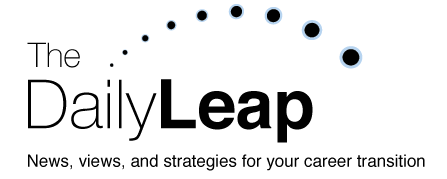Let's examine two of the most common non-traditional interview practices, their unique challenges they pose to you, and establish the best strategy to achieve success in these interviews. I will address two additional methods on Thursday.
Panel Interviews - While the concept of a panel of 2 to 5 people conducting interviews is not really that new, the fact that a larger number of companies are using this method is new.
Challenge: Any time you get more than one person conducting an interview, you find that each one comes into the interview with different opinions, objectives, and agendas. The biggest challenge is to find out as much as you can, in advance, about who will be interviewing you.
Strategy: When you are called for the interview, ask the caller about the interview process. Ask who you will be interviewing with, whether it will be one-on-one or a panel, and if it is a panel who will be on the panel and what positions they hold in the company. Some other tips:
- When answering a question, focus your attention on the person who asked the question. However, be sure to make eye contact with each person on the panel - whether they are asking questions or not - during your answers.
- Try to take a seat where you can make eye contact with everyone on the panel, such as the head of a conference table.
- Bypass your seat and approach each panel member to introduce yourself. Shake hands with each member of the panel before taking your seat whenever possible.
Phone Interviews - The phone interview is often used as an initial screening tool. In these cases, the call consists of 5 to 7 questions that assess your qualifications and serve to assess your viability as a candidate. However, the phone interview is used as a more in-depth tool - especially for positions that are not in close proximity to where you currently live.
Challenge: The biggest challenge with the phone interview is the lack of face-to-face contact that hinders your ability to "read" the interviewer's reaction to your answers and make that personal connection. In addition, you may be tempted to multi-task during the phone call because you are not in-person.
Strategy: Prepare for the telephone interview in the same way as the traditional interview. Have your notes and research in front of you so you can reference these materials as needed. Sit at a desk or a table in a room that holds no distractions for you. Some additional strategy tips:
- Without the added benefit of non-verbal communication, you must pay extra attention to your tone of voice. Speak clearly, but speak with enthusiasm and clearly state your interest in the position.
- Dress professionally for the interview, as though you were going to an in-person interview. You will feel more prepared and professional than if you do the interview in your pajamas and sweats.
- Don't forget to smile, it can be heard in your tone of voice. If possible, put a mirror in front of you and address yourself in the mirror. You will be amazed at the change in your tone of voice!

No comments:
Post a Comment